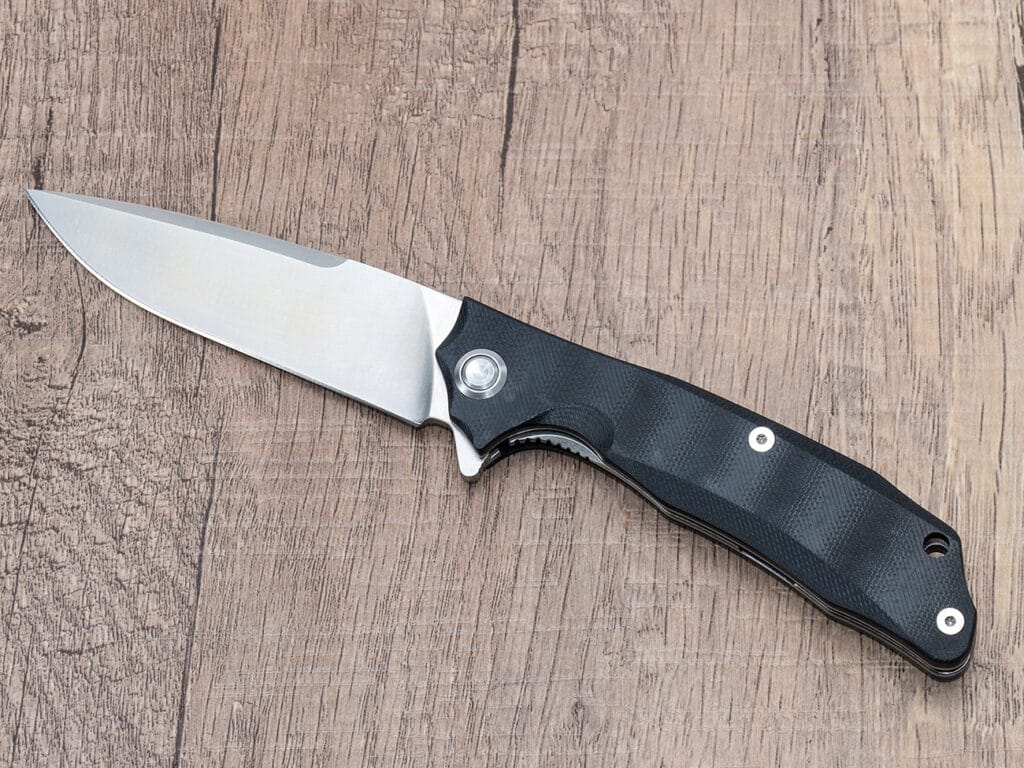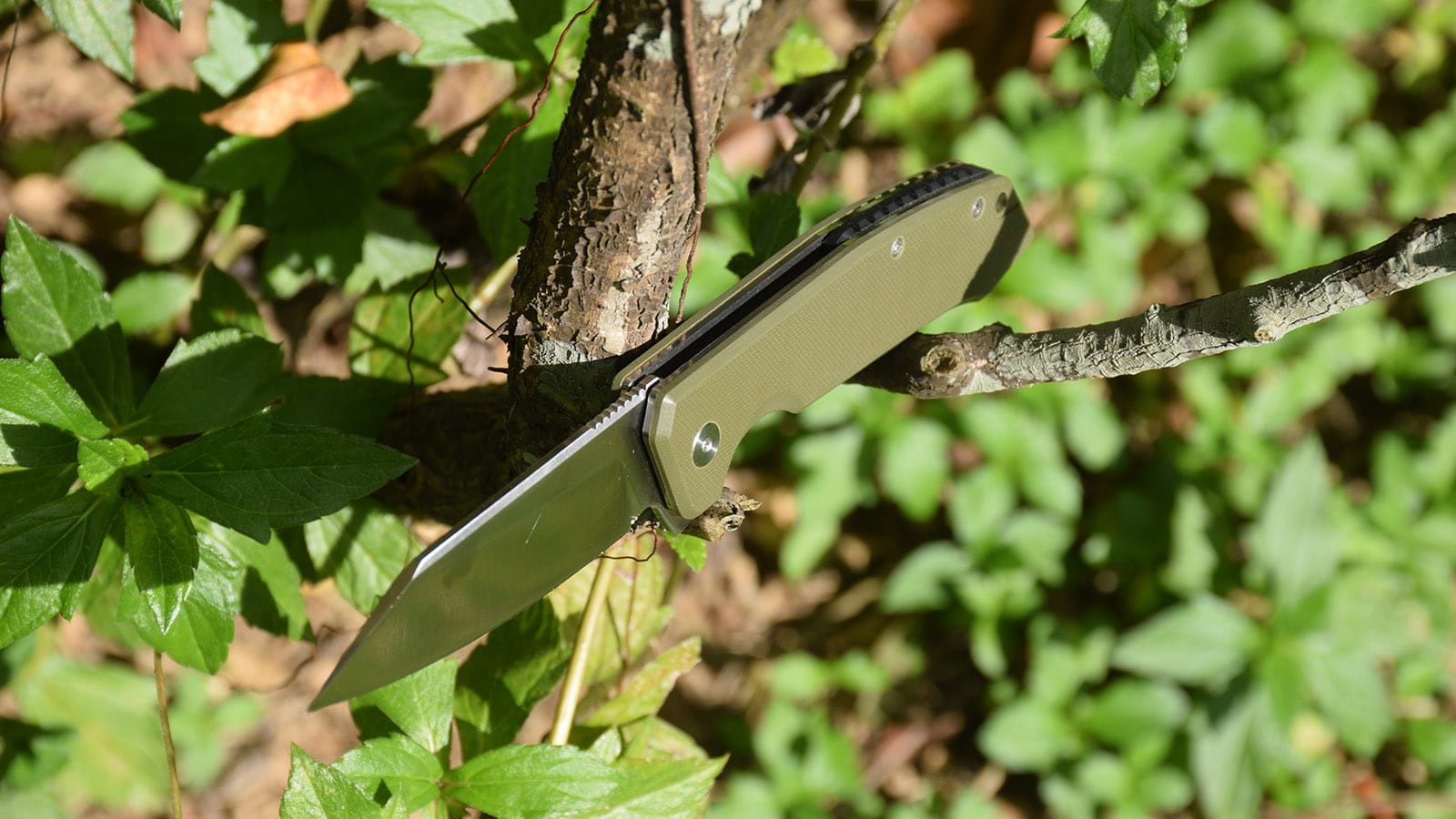Are you tired of struggling with a dull knife? Whether you’re an outdoor enthusiast, a chef, or simply someone who appreciates a well-maintained tool, knowing how to sharpen your knife with a rod is an essential skill. In this comprehensive guide, we’ll walk you through the process of transforming your dull blade into a razor-sharp cutting machine using a sharpening rod. From choosing the right rod to mastering proper techniques, you’ll learn everything you need to keep your knife in top condition. So, let’s dive in and discover the secrets to achieving a professional-grade edge on your favorite blade!
Why Sharpening Your Knife with a Rod Matters
Before we delve into the nitty-gritty of knife sharpening, let’s take a moment to understand why using a rod is so important:
- Convenience: A sharpening rod is portable and easy to use, making it ideal for quick touch-ups.
- Versatility: Rods can be used on various types of knives, from pocket knives to kitchen knives.
- Precision: With practice, a rod allows for precise control over the sharpening angle.
- Maintenance: Regular honing with a rod extends the life of your knife by maintaining its edge.
Now that we’ve established the importance of using a rod for knife sharpening, let’s explore the various methods and techniques you can use to keep your blade in top condition.
What Types of Sharpening Rods Are Available?
Before you begin sharpening your knife, it’s essential to understand the different types of sharpening rods available:
- Steel honing rods
- Ceramic honing rods
- Diamond steel rods
- Combination rods (featuring different grits or materials)
Each type of rod has its own advantages and learning curve. For beginners, a basic steel or ceramic rod is often a good place to start. As you gain more experience, you may want to explore other options to find the method that works best for you and your knife.
How to Choose the Right Sharpening Rod
When selecting a sharpening rod, consider the following factors:
- Material: Steel, ceramic, and diamond rods offer different levels of abrasiveness and durability.
- Length: Choose a rod that’s at least as long as your longest knife blade.
- Grit: Some rods come with multiple grits for different sharpening stages.
- Handle: Look for an ergonomic handle with a good grip for safety and comfort.
- Hardness: The rod should be harder than the steel of your knives.
For most pocket knives and kitchen knives, a medium-grit ceramic rod or a fine steel rod is a versatile choice.
The Step-by-Step Guide to Sharpening Your Knife with a Rod
Now that you have your rod ready, let’s walk through the process of sharpening your knife:
- Clean your knife thoroughly to remove any dirt or debris.
- Hold the rod vertically with the tip resting on a stable surface.
- Determine the angle of your knife’s edge (typically between 15-20 degrees).
- Place the heel of the blade against the top of the rod at the correct angle.
- Apply light pressure and draw the blade down the rod in a sweeping motion.
- Repeat this process on both sides of the blade, maintaining a consistent angle.
- Alternate sides with each stroke to ensure even sharpening.
- Perform 10-15 strokes on each side, or more if needed.
- Test the sharpness of your knife (carefully!) on a piece of paper or tomato.
Remember, practice makes perfect. Don’t get discouraged if your first attempts aren’t perfect – sharpening with a rod is a skill that improves with time and experience.
What Are the Common Mistakes to Avoid When Sharpening with a Rod?
As with any skill, there are some common pitfalls to watch out for when sharpening your knife with a rod:
- Inconsistent angle: Maintaining a consistent angle is crucial for achieving a sharp, even edge.
- Applying too much pressure: Let the rod do the work – excessive pressure can damage your blade.
- Using the wrong type of rod: Match the rod material to your knife’s steel and intended use.
- Overworking the edge: Know when to stop – over-sharpening can weaken the blade.
- Ignoring safety: Always stroke the blade away from your body and use caution when handling your knife.
By being aware of these mistakes, you can avoid them and improve your sharpening technique more quickly.
How Often Should You Sharpen Your Knife with a Rod?
The frequency of sharpening depends on how often you use your knife and for what purposes. Here are some general guidelines:
- For everyday carry knives: Hone with a rod every 1-2 weeks of regular use
- For outdoor/camping knives: After each trip or every 2-4 weeks
- For kitchen knives: Hone with a rod once a week with regular use
Remember, it’s often better to hone your knife regularly with a rod to maintain its edge, rather than waiting until it becomes very dull before sharpening.
What Are the Different Techniques for Using a Sharpening Rod?
While we’ve focused primarily on the basic sweeping motion, there are several other techniques you can use with a sharpening rod:
- Stationary rod technique: Hold the rod vertically and move the knife down and across the rod.
- Sliding technique: Slide the knife down the rod while simultaneously pulling it towards you.
- Circular motion: Move the blade in small circles as you draw it down the rod.
- Alternating angle technique: Slightly vary the sharpening angle to create a micro-bevel.
Each technique has its pros and cons, so experiment to find what works best for you and your knife.
How Do You Sharpen Serrated Knives with a Rod?
Serrated knives require a slightly different approach:
- Use a ceramic rod or a specialized serrated knife sharpener.
- Work on each serration individually, following the angle of the bevel.
- Use light pressure and fewer strokes than you would with a straight edge.
- Focus on the beveled side of the serrations.
- Finish by lightly honing the back side of the blade to remove any burrs.
Remember, serrated knives generally need sharpening less frequently than straight-edge knives.
Can You Use a Rod to Sharpen Different Types of Knives?
Yes, a sharpening rod can be used on various types of knives, including:
- Pocket knives
- Kitchen knives
- Hunting knives
- Utility knives
- Fillet knives
However, the technique may vary slightly depending on the knife type and blade shape. Always consult the manufacturer’s recommendations for your specific knife.
How Do You Maintain Your Sharpening Rod?
Proper maintenance of your sharpening rod is essential for its longevity and effectiveness:
- Clean your rod after each use with a damp cloth.
- For steel rods, apply a light coat of mineral oil to prevent rust.
- Store your rod in a dry place, preferably in a protective case.
- Periodically check for any damage or wear.
- For ceramic rods, use a rod-cleaning block to remove metal particles.
By taking good care of your sharpening rod, you’ll ensure it remains an effective tool for maintaining your knives.

Conclusion: Mastering the Art of Knife Sharpening with a Rod
Sharpening your knife with a rod is both a practical skill and an art form. With the right techniques and practice, you can keep your blade in peak condition, ready for whatever tasks come its way. Remember these key points:
- Choose the right sharpening rod for your needs and knife type
- Maintain a consistent angle while sharpening
- Use light pressure and let the rod do the work
- Practice regularly to improve your technique
- Don’t neglect regular honing between full sharpenings
- Explore different techniques as you become more comfortable
By following this guide and dedicating some time to practice, you’ll soon be able to transform even the dullest blade into a razor-sharp cutting tool. So grab your knife and sharpening rod, and start honing your skills today!




